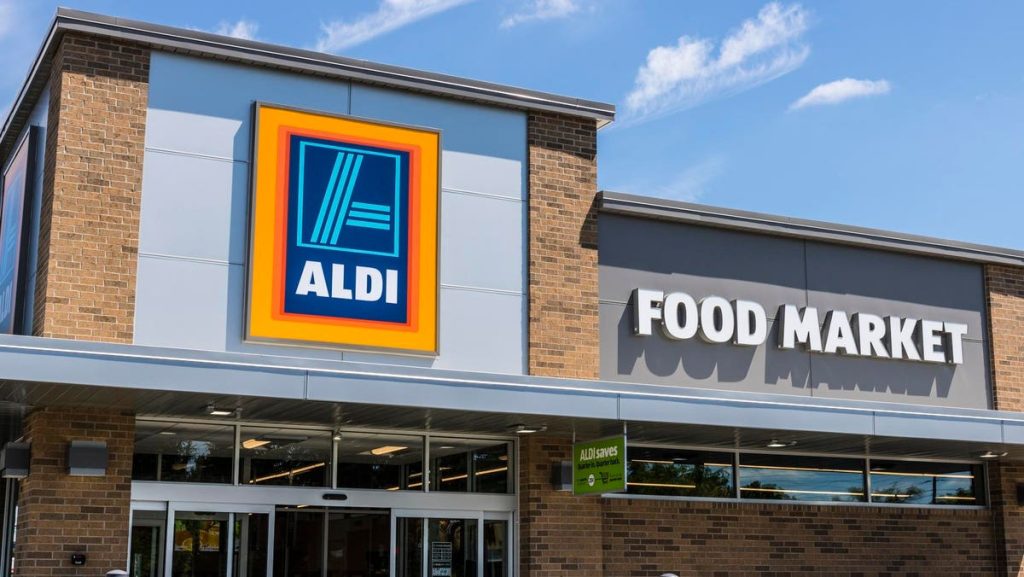When ALDI announced it was acquiring 400 Winn-Dixie and Harveys Supermarket locations in the Southeast U.S. in mid-August, the move signaled the Batavia, Ill.-based discount retailer would not be following the crowd. Rather than closing supermarkets, as many chains have, ALDI intends to surge ahead with store openings, unveiling 120 new stores nationally to reach a total of 2,400 stores by the end of this year. In doing so, ALDI positioned itself as an increasingly formidable rival to Kroger, Publix and Walmart.
The acquisition is leading to further consolidation of the grocery retail channel. And that in turn is likely to make grocery-anchored retail centers even more appealing to purchasers who seek credit-rated tenants with comparatively low risk, says Damon M. Juha, partner and real estate practice leader with Saul Ewing in Los Angeles.
Grocery-anchored community shopping centers are already the best-performing retail real estate properties, and their strength is attributable to the grocer anchor, says Gary Ralston, managing director and partner at SVN | Saunders Ralston Dantzler Real Estate in Lakeland, Fla. Kroger is the nation’s fourth-largest retailer, trailing only Walmart, Amazon and Costco, he adds. Publix, owner of almost 300 grocery-anchored shopping centers, is the country’s 13th largest with 1,627 stores and average sales of approximately $33.5 million per store.
Stable, robust
“Grocery-anchored retail remains very attractive for the very reason the demand for groceries is stable and robust,” says Daniel Diaz Leyva, partner with Day Pitney in Miami, Fla. “Everyone needs to eat, and groceries are typically the biggest line-item expense for a family after housing.”
Placer.ai data confirms the centrality of supermarkets in the retail landscape. The firm reports store visits at traditional grocery stores dropped during the pandemic, Ralston said. Since, they have risen, to the point that grocery store visits today are higher than 2019 visit numbers. Strongly contributing to the increase in grocery store visits has been inflation’s impact on eating out, which has increased popularity of home-cooked meals.
Tenant demand for grocery-anchored centers has increased substantially, propelling vacancy down to approximately 5%, while lifting average rents up almost 5% year over year, Ralston says. “We expect grocery-anchored retail properties to outperform the general real estate market for the foreseeable future,” he adds.
Lease terms
Due to the sizable foot traffic supermarkets generate, “grocery-anchored complexes can better attract a slew of smaller tenants . . . to fill out the complex,” Leyva adds. The foot traffic generated by supermarkets and grocers spells tremendous leverage for supermarket companies when attempting to secure from complex owners favorable lease terms, he reports. Rising grocery profits in recent years have convinced grocers to wield the extra cash to their advantage.
“We are seeing many large grocers acquiring the shopping complexes they anchor,” Leyva says. “And we are seeing consolidation in the market as grocery retailers look to grow and expand their footprints nationally. Winn-Dixie and Harveys Supermarkets acquisition by ALDI are an example of this trend.”
The grocery industry consolidation is leading to fewer participants, each of which will have greater resources and financial wherewithal, Juha says. On the other hand, with consolidation, he adds, “there are likely to be fewer ‘mega stores’ with significant bargaining power when it comes to negotiating development deals and lease terms.”
By some estimates, more than 60% of the grocery sales in the U.S. are now concentrated in the hands of only five companies. The reduced competition should mean retailers will have more leeway to raise prices. That in turn will mean consumers increasingly turning to discount grocers and store brands. All of which should spell good times – and further expansion – for ALDI and other discounters in coming years.
Read the full article here



